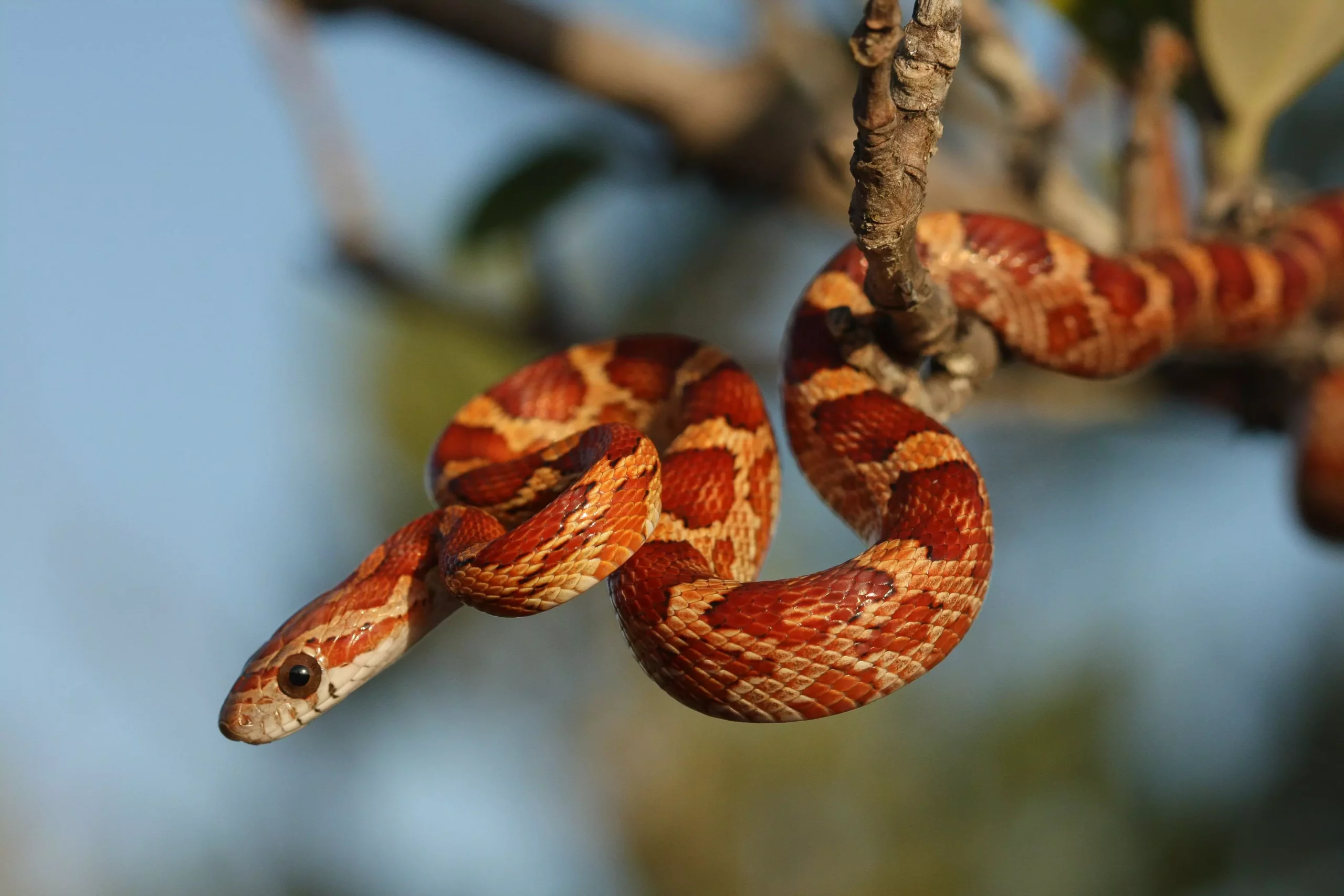Corn snakes, scientifically known as Elaphe guttata, have earned their reputation as one of the most beloved pet snakes, particularly for those new to reptile care. Featuring a docile temperament, manageable size, and stunning array of colors, these non-venomous serpents are not just a pet but a gateway into the mesmerizing realm of herpetology. This article delves into the intrinsic qualities of corn snakes, their habitat requirements, feeding behavior, and health care essentials, thereby serving as a comprehensive guide for prospective owners.
Native to the southeastern United States, corn snakes are often linked to agricultural areas, deriving their name from the corn granaries that attract their prey. Standing out with their vibrant patterns and shades ranging from light orange to deep red, they are frequently mistaken for the venomous copperhead. However, unlike copperheads, which bear distinctive hourglass patterns, corn snakes boast a sleek, charismatic appearance that captures the eye of many reptile lovers.
Typically, adult corn snakes measure between 2.5 and 4 feet, making them a less intimidating size compared to other snake species. Some individuals may reach lengths up to 6 feet, but this is rare. With a life expectancy of 15 to 20 years, corn snakes can become long-term companions, providing ample opportunity for bonding.
The proper enclosure is fundamental in keeping a corn snake healthy and happy. A 20-gallon long glass tank is generally recommended, as it allows for horizontal space which these snakes utilize for movement and exploration. It’s crucial to secure the lid adequately, as corn snakes are notorious escape artists. The enclosure should include various hiding spots, such as a snug hide box or pieces of bark, to allow the snake to feel secure and diminish stress.
Temperature plays a vital role in a corn snake’s life. The enclosure should maintain an ambient temperature between 80 to 85 degrees Fahrenheit, with a basking area slightly warmer, ideally around 85 to 88 degrees. Night temperatures should not drop below 75 degrees. Additionally, humidity levels should be monitored to stay within the 35% to 60% range to support healthy shedding. Using a hygrometer is advisable to ensure the optimal environment.
Corn snakes are obligate carnivores, primarily feeding on small rodents in the wild. Captive snakes should be offered appropriately sized pre-killed frozen mice, with hatchlings starting on pinkie mice and gradually moving to larger prey as they grow. Feeding frequency varies, with younger snakes needing meals twice a week and adults thriving on one meal every week or couple of weeks. It’s crucial to monitor feeding habits, as appetite may decrease during shedding periods. Always provide clean, non-chlorinated water, and be prepared to change it regularly due to the snake’s cleaning habits.
Like all reptiles, corn snakes are susceptible to specific health issues, including mouth rot, respiratory infections, and skin fungal diseases. Signs of these conditions can manifest as difficulty eating, open-mouth breathing, or unusual skin discoloration. Regular veterinary check-ups with a professional experienced in reptiles are essential for prompt diagnosis and treatment.
When purchasing a corn snake, opt for a captive-bred individual, as they tend to have fewer health concerns than wild-caught snakes. Look for signs of vitality including alertness, clear eyes, and a healthy coat devoid of retained skin shed.
The corn snake’s gentle demeanor makes it an excellent candidate for handling, promoting a unique bond between the pet and owner. Regular interaction not only helps in socializing the snake but also allows the keeper to familiarize themselves with the snake’s behavior, thereby enhancing the overall experience of snake ownership.
To summarize, corn snakes deliver a mix of beauty, ease of care, and a captivating temperament that makes them ideal for novice snake owners and seasoned herpetologists alike. With proper housing, monitoring of health and diet, as well as regular handling, these stunning creatures can provide years of companionship and fascination. For anyone considering branching out into reptile care, the corn snake stands out as a truly remarkable choice.

